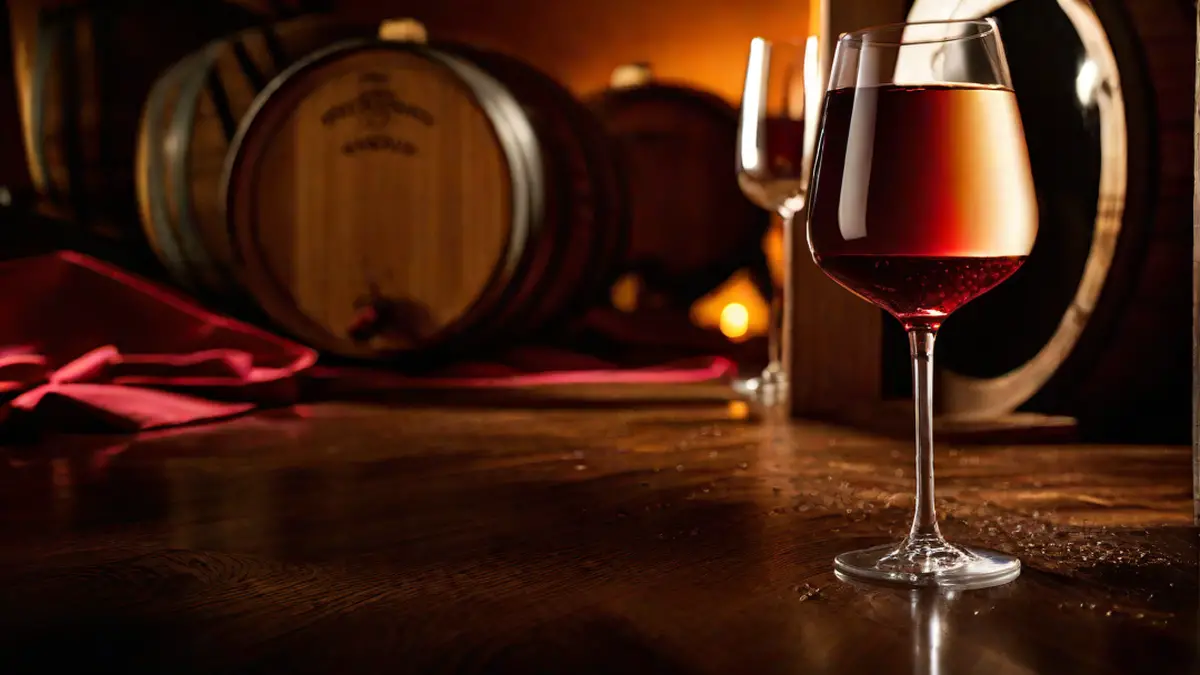In my opinion, appreciating a glass of wine becomes significantly more rewarding when one has a bit of knowledge about what goes into it. With this in mind, this article will explore the fascinating world of wine, examining the components that constitute this cherished beverage.
The Fundamental Ingredient: Grapes
At its core, wine is made from one primary ingredient – grapes. But not just any grapes. Specifically, wine grapes. These grapes are different from the ones you find in your local grocery store. They are smaller, sweeter, and packed with flavors that are perfect for winemaking. There are various types of wine grapes, each with its own unique characteristics, such as Cabernet Sauvignon, Chardonnay, and Pinot Noir.
The Magic of Fermentation
Once the grapes have been harvested, they go through a process called fermentation. This is where the magic happens and the grapes transform into wine. During fermentation, yeast consumes the natural sugars in the grapes and converts them into alcohol. This process also releases carbon dioxide, which gives the wine its characteristic bubbly texture in sparkling wines.
The Impact of Terroir
Now, let’s talk about terroir. This is a French term that refers to the unique combination of factors that influence the characteristics of a wine, such as the climate, soil, and geographical location where the grapes are grown. The terroir plays a significant role in shaping the flavor profile of the wine, giving it distinct qualities that are specific to a particular region.
Winemaking Techniques
Winemakers also employ various techniques to enhance the flavors and qualities of their wines. One such technique is oak aging. Wine is often aged in oak barrels, which adds complexity and depth to the final product. The type of oak used can impact the flavor, with French oak offering more subtle flavors compared to American oak, which imparts strong vanilla and spice notes.
In addition to oak aging, winemakers may also choose to blend different grape varieties to create unique flavor profiles. This is commonly seen in red blends, where winemakers mix different grape varietals to achieve a desired taste.
Additives and Stabilizers
While wine is primarily made from grapes, there are some additives and stabilizers that may be used during the winemaking process. These include sulfur dioxide, which is added to prevent spoilage and oxidation, and fining agents like egg whites or bentonite, which help clarify the wine by removing impurities.
The Role of Time
Lastly, time plays a crucial role in the development of wine. After fermentation, wines often undergo aging in the bottle. This allows the flavors to evolve and mature, resulting in a more complex and refined taste. Some wines, particularly high-quality red wines, can age for decades, unlocking new flavors and aromas over time.
In Conclusion
So, the next time you pour yourself a glass of wine, take a moment to appreciate the intricate process that goes into creating this delightful elixir. From the grapes to the fermentation, the terroir to the winemaking techniques, every step contributes to the final product in your glass. Cheers to the art and science of winemaking!
